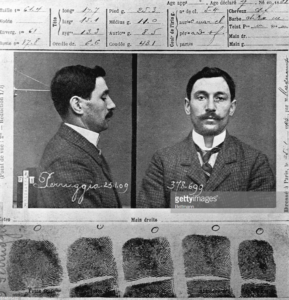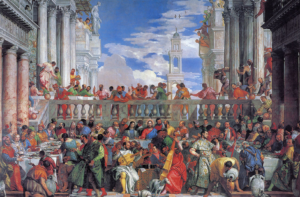Articles come out all the time arguing that The Simpsons predicts things. I’ve written about how silly it all is before.
I’m thinking about The Simpsons today, of course, since season 30 starts tonight.
(And remembering the absolute glee of setting up the VCR to record what I knew would be awesome, all those years ago.)
The Simpsons didn’t predict Ebola or 9/11.
And they didn’t predict Trump.
Not exactly in the way people think.
They capture trends–mean-spririted voters who will vote to punish and expel immigrants, a Republican party full of rich, evil people, and Democrats too weak to fight back hard enough.
It’s not their fault they show us a fun house mirror of ourselves–our worst selves taken to extremes–and that we then become the reflection.
For example, 16 years ago, they showed an idiot celebrity decide to go into politics. “Entertainers are always winning elections.”
He runs as a Republican.
He asks the party leaders, “Are you guys any good at covering up youthful and middle-aged “indiscretions?”
They ask, “Are these indiscretions romantic, financial, or treasonous?”
“Russian hooker. You tell me.”
“Oh no problem. We’ll say you were on a fact-finding mission.”
The candidate goes on to sexually harass women and to offend Latinx people and other nations.
Since he is rich, he doesn’t connect with people at first. But then he says he’s going to fight for the little guy. And “johnny six tooth” believes him.
Fox News gets behind him.
He wins.
And he helps one family–a loyal family. He screws over poor people to do it.
“Mr. Spritz Goes to Washington” was episode 14 in Season 14.
Krusty was an unqualified joke–a literal clown–with no care for actual people–with no sense of respect for other people–with a Russian hooker scandal.
The Simpsons warned us.
We didn’t listen.
Tonight, year 30 of the warnings commences. I’ll be watching.






















Recent Comments